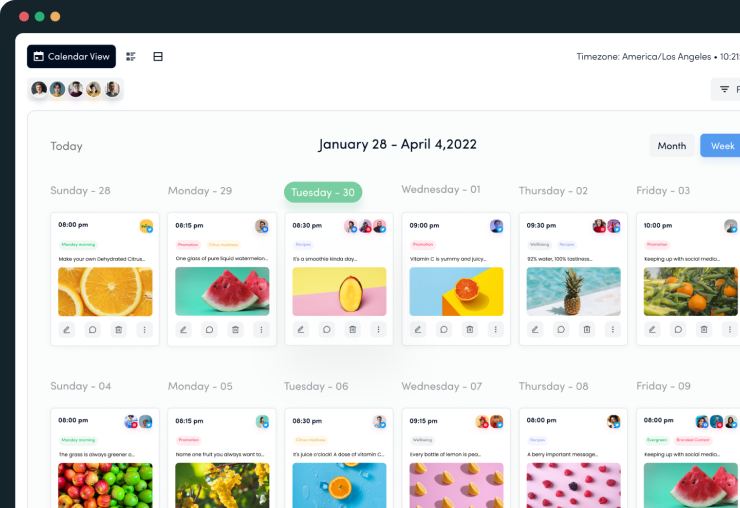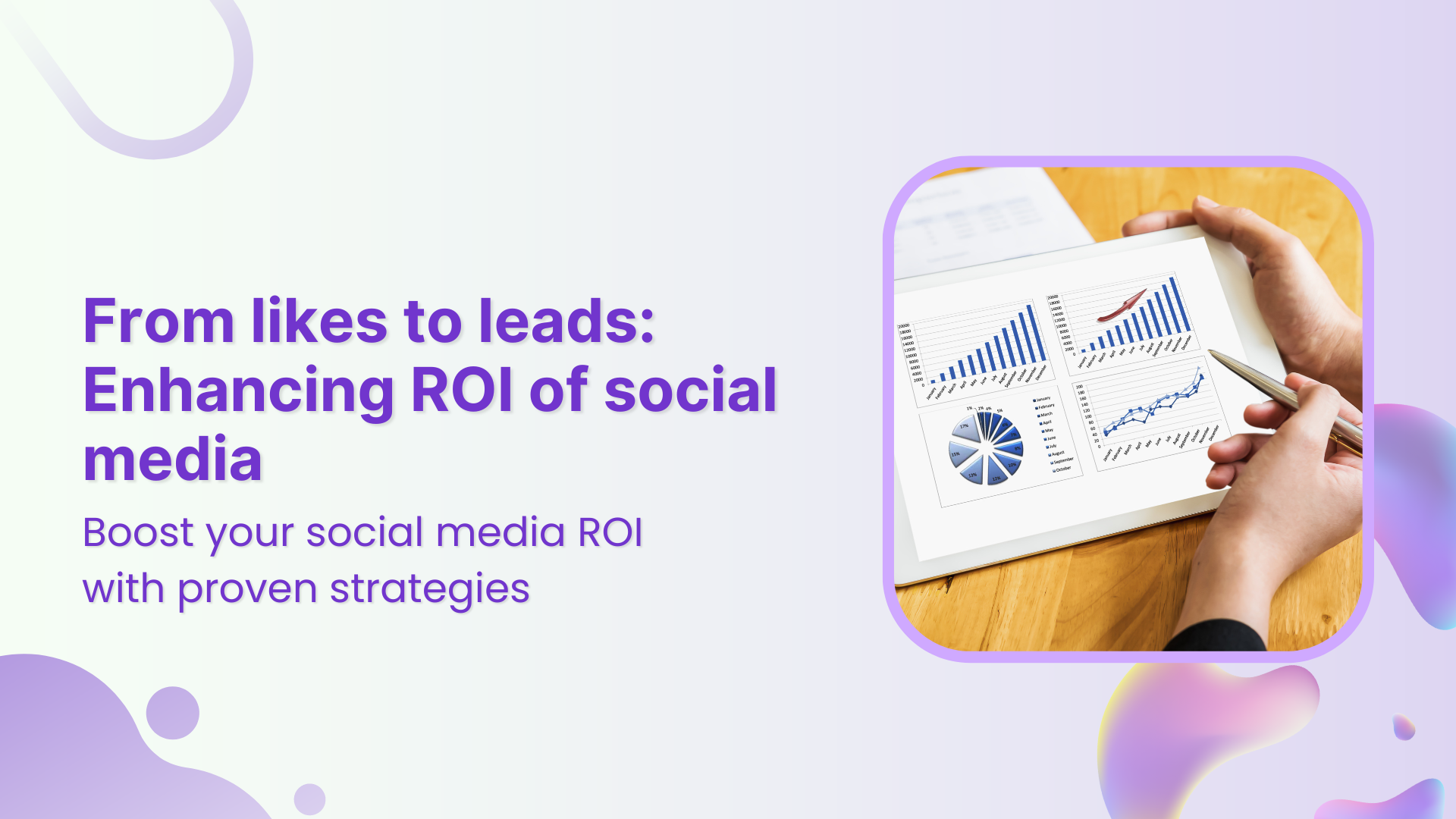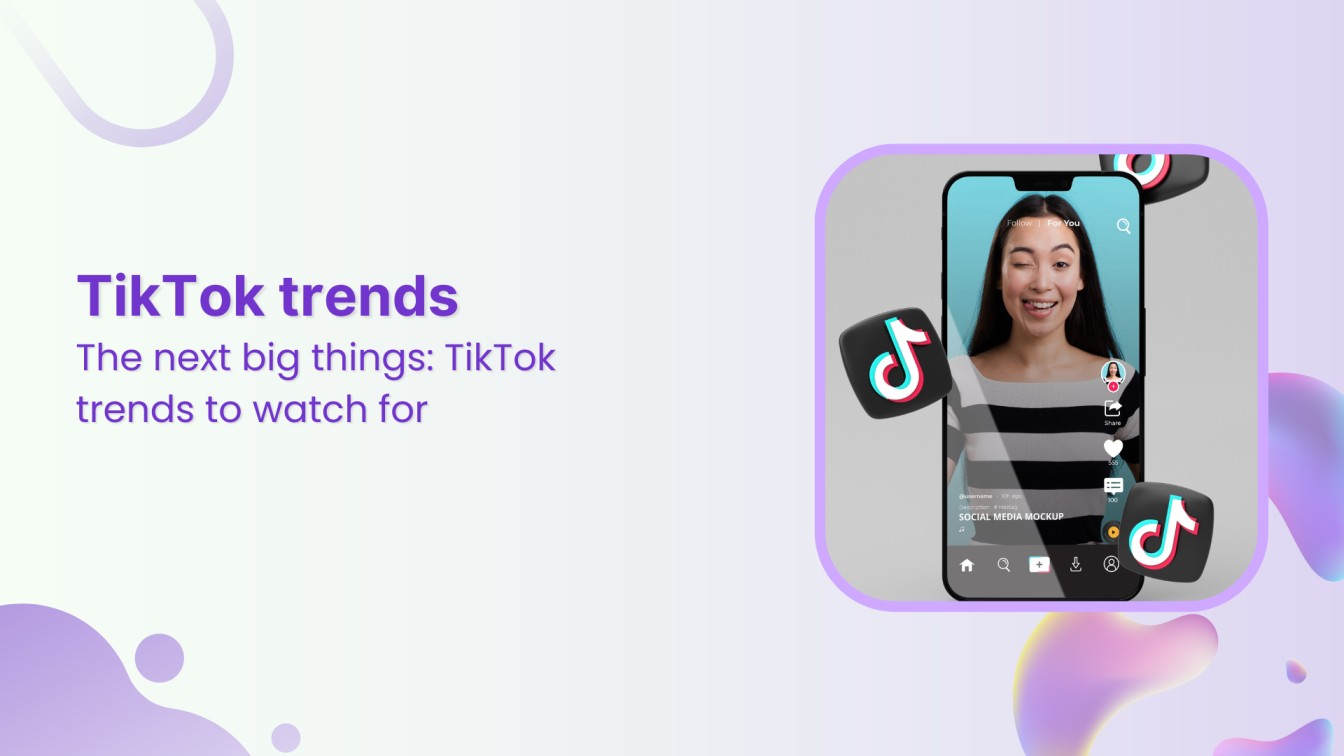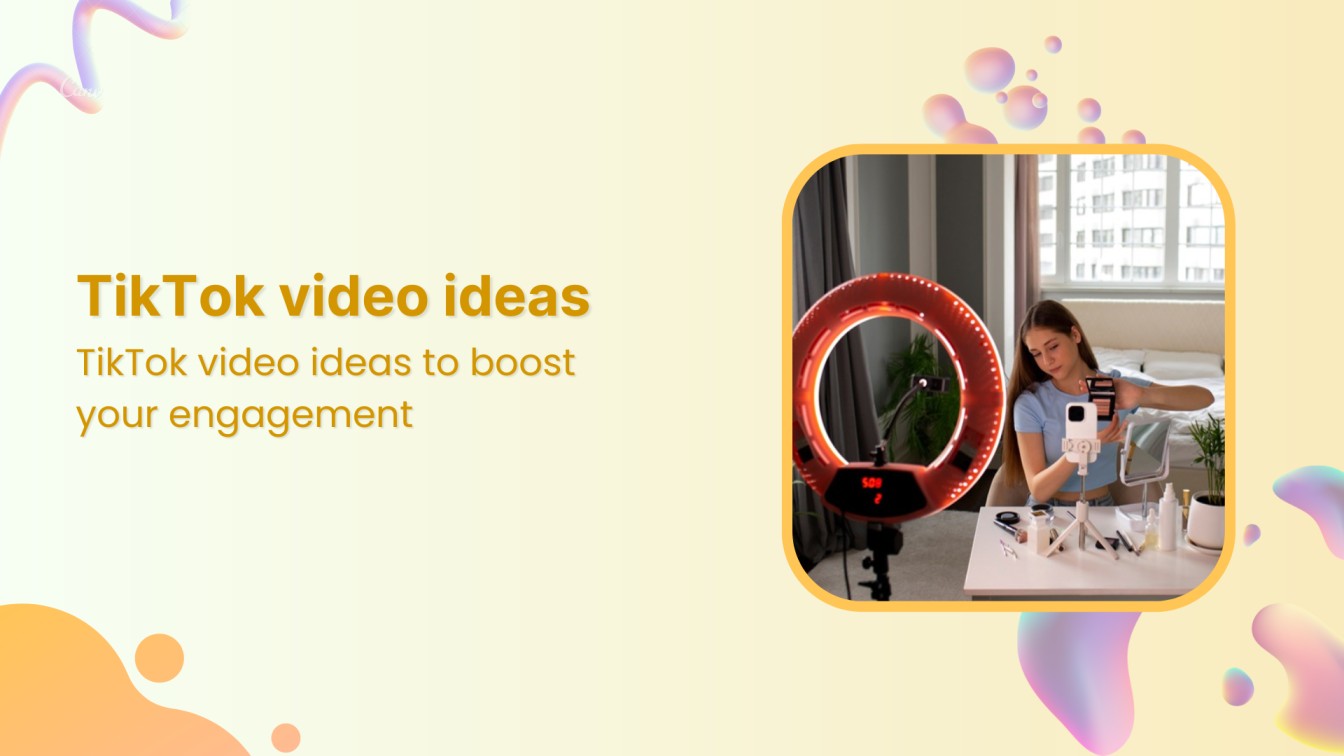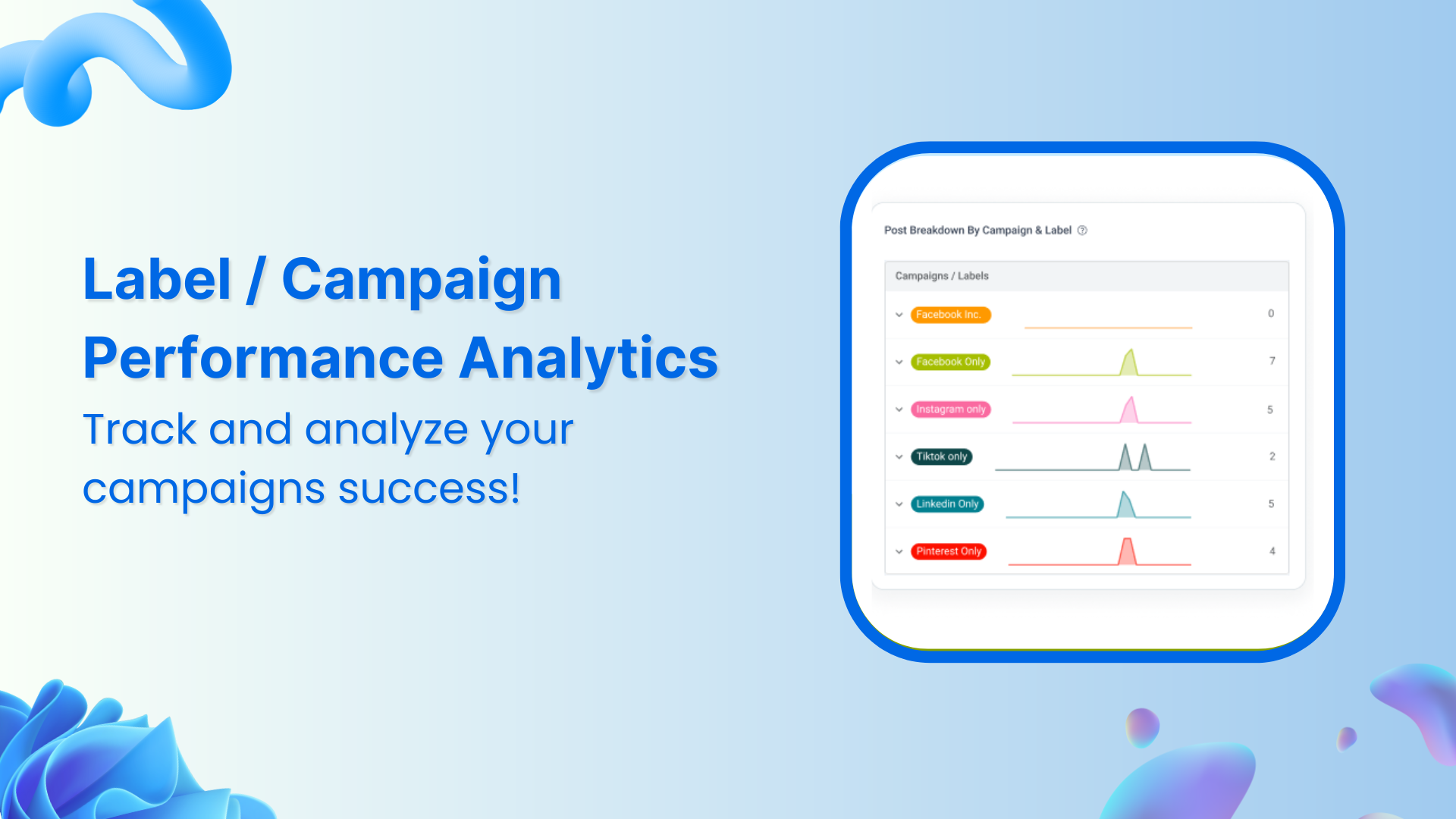Did you realize that the average person spends about 2.5 hours daily on social media?
In a world where digital connections are flourishing, an ordinary online presence won’t cut it anymore. To truly stand out, it’s crucial to engage in social media competitor analysis.
You can shape a more effective social media strategy for your brand by understanding what works well for your competitors, identifying their weaknesses, and analyzing their audience engagement tactics
In this article, we’ll delve into the concept of social media competitor analysis and explore how it can be a game-changer for building a brand identity.
What is social media competitor analysis?
Social media competitor analysis is a process that involves examining rival businesses’ digital presence and activities across various social media platforms. It includes an examination of competitors’ content strategies, audience engagement tactics, posting frequency, follower growth, and overall performance metrics.
With the rise of social media and web analytics, conducting competitor analysis has evolved. It’s important to note that competitor analysis isn’t about spying. There’s a lot of valuable, publicly accessible data that you can tap into ethically and legally, using the right tools and guidance.
For example, an apparel brand aims to enhance its online presence and engagement. After doing competitor analysis, it might recognize that a competitor’s consistent use of user-generated content showcasing real customers wearing their products has encouraged a sense of authenticity. This prompts the apparel brand to incorporate more user-generated content in its strategy, creating a stronger bond with its audience.
Why is social media competitor analysis important for your business?
Understanding your competitors’ strategies through social media analysis brings a lot to the table. It gives you the answers to questions like what is brand identity and how to create a brand identity. Here’s why you should care about social media competitor analysis:
1.Understanding the market landscape
By doing a social media competitor analysis, you can spot gaps in the market and discover opportunities that could lead your business to thrive. For example, if your competitors aren’t catering to a specific customer need, you can step in and meet that demand.
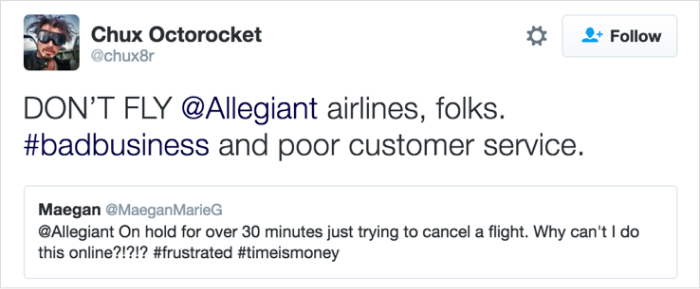


2. Stay ahead of the competition
Being unique sets you apart. When you analyze your competitors’ social media, you learn what’s working and what’s not. This lets you build a strategy that’s special to your business, creating a brand identity that stands out. For instance, if your competitors are using a particular style that resonates, you can find a unique way to catch your audience’s attention. Remember, the aim is inspiration, not replication.
3. Benchmarking your performance
How do you know how well you’re doing?
By comparing your numbers with your rivals’. When you look at what your competitors are achieving on social media, you can figure out where you’re doing well and where you could improve. If your competitors have a higher follower count or more shares, it’s a sign you might need to step up your game.



Social Media Analytics
Fine-tune your social media strategy for success with in-depth analytics and white-labeled reports.
Get Started for FREE


4. Organizing key performance indicators (KPIs):
When you analyze your competitors’ performance, you discover what your target audience responds to. This helps you fine-tune your social media content plan and focus on what really matters to your customers. For instance, tracking which types of content perform best for competitors can guide your content strategy. If your competitors are getting lots of likes for their short videos, consider making more of those to keep your audience engaged.
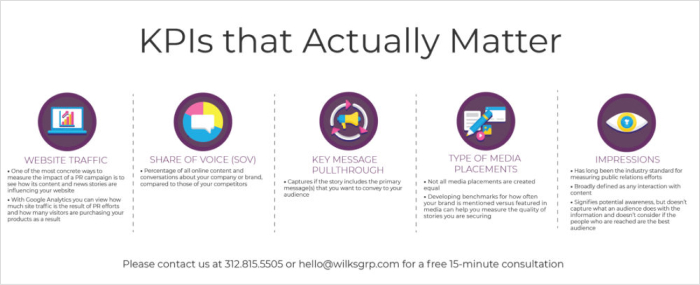


Read More:16 Social Media KPIs You Need to Track to Measure Success
5. Increase brand awareness
Ever wonder how to make your brand shine brighter?
By studying your competitors’ branding efforts, you can pick up ideas to boost your own brand’s visibility. This helps you create a branding strategy that stands out in a crowded market. If a competitor’s storytelling is getting attention, you can work on telling your own unique story to capture your audience’s interest.
How to do social media competitor analysis?
Social media competitor analysis may seem overwhelming at first, but we’re here to assist you with a straightforward step-by-step guide. By following these easy steps, you’ll be able to understand what your competitors are doing on social media and improve your strategy.
Step 1: Identify your social media competitors
To truly distinguish yourself, it’s important to identify and understand your social media competitors. Begin by looking within your industry at brands that are actively engaged on social platforms. These brands serve as valuable sources of learning and benchmarks for your efforts.
In the context of your specific products or services, direct competitors are those businesses that offer similar offerings as yours.
Let’s say you’re running a fitness apparel brand called “FitFlex.” Your direct competitors would be other fitness clothing brands like Nike, Adidas, and Puma. But don’t forget the indirect competitors – these are like players in a similar game. For FitFlex, that could be stores selling workout equipment or health food products.
Here are two ways you can use to identify your social media competitors.
Use Google search
To find your competitors, use simple tools like online searches. Pretend you’re a customer looking for fitness gear, and see who shows up. Check out the websites of these brands to learn more. For instance, if you look up “athletic wear,” you might find Lululemon and Puma as well. See what they’re doing on social media – how often they post, what content they share, and how people react.
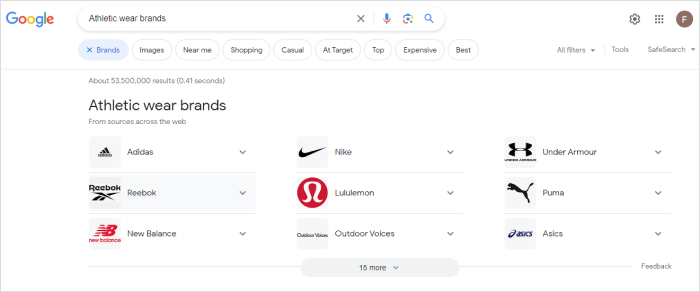


Use social media
Another way is to listen to what people are saying. Use social media to eavesdrop on conversations about fitness clothing. You might discover other brands that people mention, even if they don’t tag them directly. This gives you a clearer picture of who’s in the game with you.



Step 2: Gather data from social media
Once you’ve identified your competitors, it’s time to examine each platform individually to track your competitors’ performance. Employing a social media analytics tool is highly recommended for this purpose.
You can use Google Sheets to track your insights. Here’s a simple template to collect data from your analysis. To use the template, click the ‘File’ tab and then ‘Make a copy.’
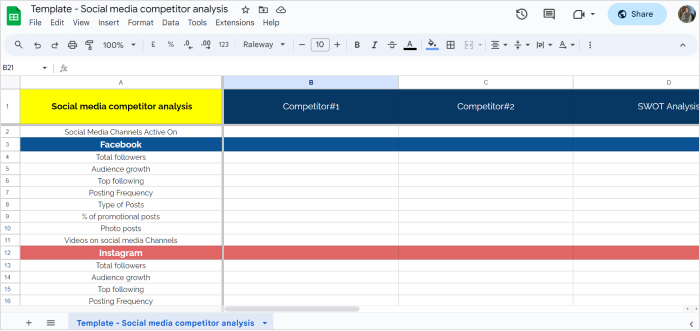


Instagram competitor analysis
Start with Instagram competitor analysis to help you in your brand creation. Visually assess competitors’ Instagram accounts. Pay attention to features like:
- Content themes: Identify recurring themes in their content. Do they focus on a particular topic or style?
- Top-performing posts: Identify their top-performing posts. What makes these posts stand out? Is it the visuals, captions, or something else?
- Hashtags: Notice the hashtags they use. Are there any unique or branded hashtags? What communities are they targeting?
- Post timing: Pay attention to when they post. Are there specific times or days that they seem to get more engagement?
- Story strategies: Observe how they use Instagram Stories. Are they sharing behind-the-scenes, promotions, or interactive content?
- Bio insights: Check out their profile bio. How do they describe their brand? What links are they using?
- Collaborations and influencers: Notice if they collaborate with other accounts or work with influencers. How do these partnerships impact their engagement?
Instagram Marketing
Schedule your Instagram posts, Reels, and Stories, and get recommended best time to publish for maximum engagement.
Get Started for FREE


Read More: Instagram Analytics
TikTok competitor analysis
Here are some of the things you should look out for while conducting TikTok analysis:
- Explore the landscape: Start by exploring what your competitors are up to on TikTok. What kind of content are they sharing? What trends are they riding? This helps you understand what’s working in your niche.
- Observe engagement: Look at how viewers are engaging with their content. Are they getting more likes, comments, and shares? What types of videos are resonating? This gives you insights into audience preferences.
- Spot trending challenges: Identify the challenges your competitors are participating in. What’s making these challenges click? How are they adding their unique twist? This can inspire your creative approach.
- Analyze consistency: Check how often your competitors are posting. Consistency matters on TikTok. Are they maintaining a regular schedule? This could impact their visibility and engagement.
Related Read: TikTok Analytics
Facebook competitor analysis
With over 2.8 billion monthly users, it’s a prime platform for brand creation. Initiate a manual review of competitors’ Facebook pages. Take note of the following:
- Study visuals and branding: Pay attention to the visuals and branding elements they use. Do they have a consistent visual style? How do they incorporate their brand identity?
- Observe campaigns and promotions: Check if they run any campaigns or promotions on their page. How do they structure these campaigns? What type of content do they use to promote them?
- Analyze audience interaction: Observe how they interact with their audience. Do they respond to comments and messages promptly? How do they handle customer inquiries?
- Assess content formats: Notice the types of content formats they use—videos, images, articles, etc. Do certain formats seem to perform better for them?
- Monitor page growth: Track their page growth over time. Are they gaining new followers consistently? Any specific periods of rapid growth?
Also Read: How to Check Facebook Analytics?
Facebook Marketing
Manage and grow your brand on Facebook. Create, schedule, and publish posts, videos, and Reels to Facebook pages and groups.
Get Started for FREE


Twitter competitor analysis
Similar to Facebook, conduct a visual assessment of competitors’ Twitter profiles and observe the following:
- Follower growth: Track their follower growth. Are they consistently expanding their follower base? Is there a pattern behind this?
- Visual storytelling: Pay attention to the visuals they incorporate—images, videos, GIFs, and links. How do these elements enrich their stories?
- Tweet formats: Notice the types of tweets they use—questions, updates, quotes. Which resonates most with their followers?
Read-Up: Twitter Analytics
X (Twitter) Marketing
Schedule perfectly crafted tweets and manage your X (Twitter) content with a unified content calendar.
Get Started for FREE


Putting it all together
After you’ve gathered all the insights from your competitive analysis, organize everything in the spreadsheet template shared above. This makes it super easy to see and understand the data at a glance. Plus, you can keep updating it over time to track changes and progress.
Step 3: Analyze social strategy
While platform-specific analysis provides valuable metrics and statistics, a thorough understanding of not only “what” your competitors are doing but also “how” and “why” they’re doing it can help you paint a complete picture of your competitors. Take note of the following:
Assessing content strategy
Analyze your competitors’ content strategy to understand what types of posts resonate with their audience. Look for patterns in the types of content they share – are they focused on educational posts, entertaining videos, behind-the-scenes glimpses, or customer testimonials
Innovation and trends
Keep an eye on any innovative approaches or trends your competitors are adopting. Are they using new features on social media platforms, such as stories or reels? Are there emerging content formats they’re exploring?
Competitive messaging
Study the tone and messaging style your competitors employ in their posts and interactions. Are they more formal, humorous, or informative?
Social media platforms
Different social media platforms have distinct user demographics and engagement styles. Analyze which platforms your competitors are active on and where they have the most significant following.
Step 4: Interpreting data from your analysis
Developing a data-driven strategy enables you to analyze what’s effective, and what’s not. Using the insights from your analysis, construct a SWOT analysis table comprising four essential components: strengths, weaknesses, opportunities, and threats. Use this analysis to tailor your social media strategies to maximize your brand’s strengths.
This structured overview of your brand’s landscape provides a clear foundation for well-informed business decisions, allowing you to utilize your strengths and address weaknesses.
Remember: Your competitive analysis isn’t a one-time process. Regularly revisit and update your analysis template to account for shifts in competitors’ strategies and changes in audience preferences.
6 tools to conduct social media competitor analysis
1. ContentStudio
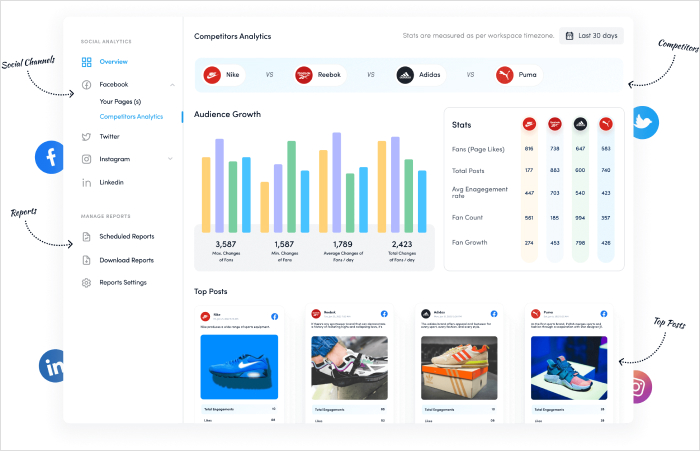


When it comes to competitive analysis, there’s no better place to begin than with ContentStudio, the proud recipient of the 2022 SaaS Awards.



The tool goes beyond surface-level insights by allowing users to track and measure competitor rankings, providing a unified view of growth and engagement metrics.
ContentStudio simplifies competitive analysis, offering the insights you need to connect with your audience and outperform competitors.
Here are some of its features:
- Engagement metrics insights: Monitor competitors’ social channels, engagement, and post volumes for actionable insights.
- Side-by-side KPI comparison: Effortlessly compare your key performance metrics with competitors for quick assessment.
- Decode competitor strategy: Analyze competitor content types (articles, videos, images) that resonate with the audience.
- Engagement distribution: Visualize brand sentiment through engagement statistics and understand audience feelings.
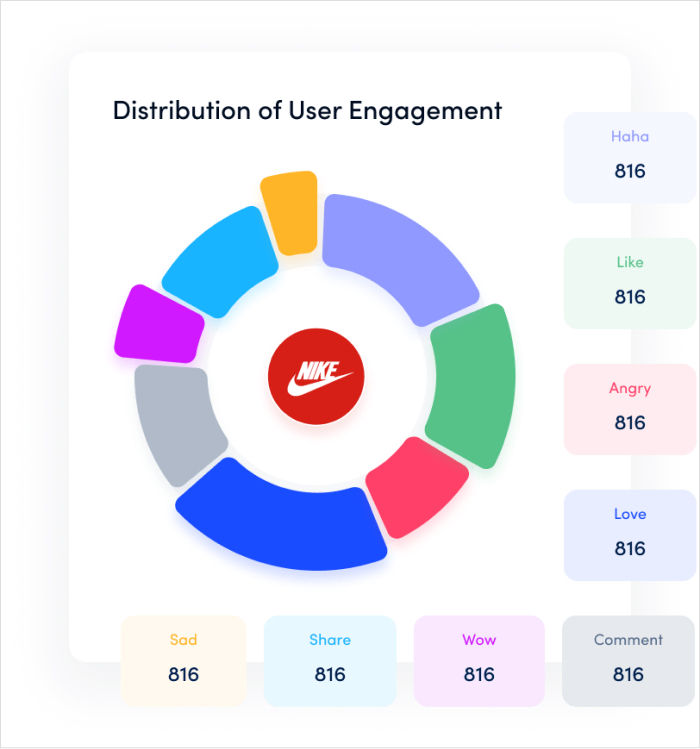


- Top industry posts: Identify top-performing posts from you and your competitors to inform content creation.
2. Hootsuite
Hootsuite is a user-friendly tool that simplifies the process of social media competitor analysis. Hootsuite gives you a full picture by pulling together data from various social platforms.
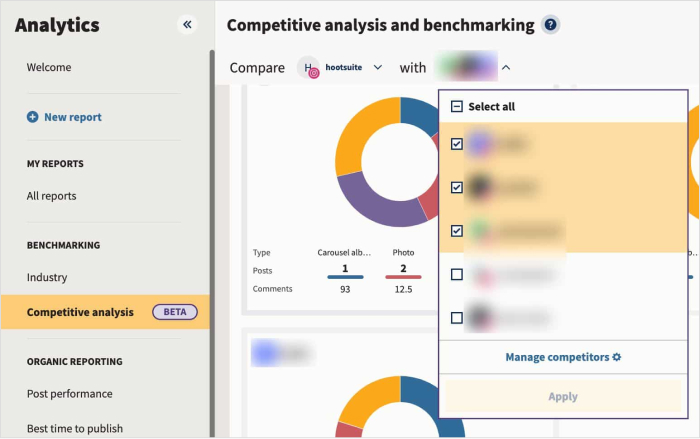


Here are some of its features:
- Comprehensive competitor tracking: Hootsuite allows users to monitor and compare competitors’ social media performance, including content and engagement metrics.
- Unified data collection: A standout feature is its ability to gather data from various social networking sites into one central platform, streamlining the competitive analysis process.
- Detailed reporting: Hootsuite creates comprehensive reports that provide insights for informed decision-making.
3. Google Analytics
Google Analytics provides a straightforward tool for tracking competitors’ social media impact on website traffic.



Here are some of its features:
- Competitor website tracking: Google Analytics can be utilized to monitor competitors’ website traffic, including daily visitors from social media platforms.
- Free access: Its competitive analysis features are accessible without any cost, making it an accessible option for businesses of varying sizes.
4. Social Blade
Social Blade is an ideal choice for those interested in exploring the social media landscape of larger brands. It offers a detailed overview of follower counts across platforms such as Twitter, Instagram, and YouTube.



Here are some of its features:
- Grading system: Social Blade evaluates profiles based on factors like average retweets and likes, offering a quick snapshot of engagement performance.
- Day-by-day follower tracking: Provides a real-time, day-to-day update of follower counts, allowing users to monitor growth trends.
- Side-by-side comparison: Enables users to compare multiple brands’ social media presence, facilitating easy benchmarking.
5. Sprout Social
A versatile social media management and analytics tool, Sprout Social is an essential resource for businesses to optimize their social media strategies and stay competitive.
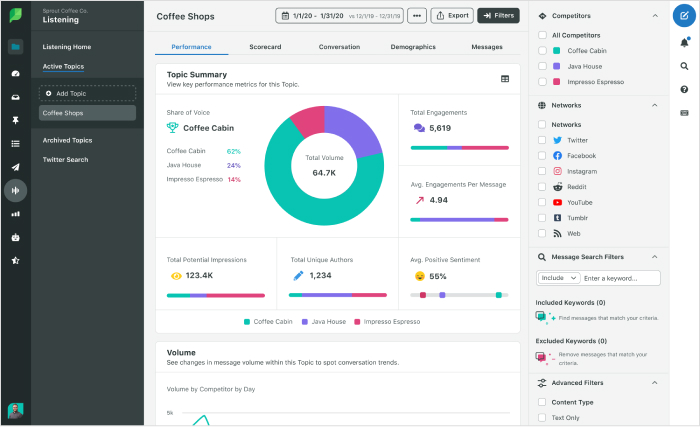


Here are some of its features:
- Competitor monitoring: Offers in-depth competitor analysis, allowing users to gather insights on competitors’ social media performance.
- Comprehensive reports: Provides a suite of competitive reports that offer rich data points across platforms like Facebook, Twitter, and Instagram.
- Advanced listening: Through public social conversations, users can determine consumer sentiment about competitors’ offerings and their brands, identifying opportunities for differentiation.
6. SEMRush
Renowned as a top SEO tool, SEMRush stands out with its competitor analysis features that offer insights for businesses to enhance their online presence.
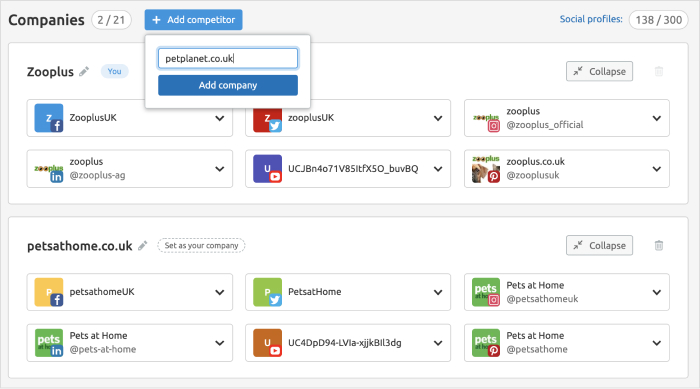


Here are some of its features:
- Backlink analysis: SEMRush allows users to assess competitors’ backlink profiles, aiding in understanding their SEO strategies and potential sources of traffic.
- Ranking monitoring: Users can track changes in competitors’ rankings, helping them stay informed about shifts in the competitive landscape.
- Keyword insights: Provides insights into keywords targeted by competitors, influencing content strategies and improving keyword targeting.
Wrapping up
Social media competitor analysis allows for a comprehensive understanding of market trends, audience preferences, and successful strategies adopted by competitors.
It helps you see what works, what people like, and what trends are popular, so you can come up with better ideas and strategies for your social media. It’s not just about keeping up; it’s about being a step ahead.
Want to simplify the process of social media competitor analysis?
Try ContentStudio, its competitor analysis features make understanding the competition’s strengths and weaknesses a breeze. Equip yourself with the best and transform the way you view social media competition.
Frequently Asked Questions
How do you Analyze social media competitors?
Analyzing social media competitors involves studying their content, engagement, posting frequency, and audience demographics. It includes tracking their performance metrics, such as follower growth and engagement rates. This helps you understand their strategies and identify opportunities to improve your own approach.
Why social media competitive analysis?
Social media competitive analysis is essential for learning from competitors’ successes and mistakes. It provides insights into market trends, audience preferences, and effective strategies. This analysis guides your decision-making, boosts innovation, and keeps you ahead in the fast-paced digital landscape.
What is competitor analysis of Facebook?
Competitor analysis of Facebook focuses on evaluating your rivals’ performance on the platform. This includes examining their content, engagement levels, posting frequency, and ad campaigns. By understanding their tactics, you can refine your own Facebook strategy and enhance your presence on the platform.
What is competitors Instagram analysis?
Competitors’ Instagram analysis involves assessing how your rivals perform on Instagram. This includes analyzing their profiles, content types, captions, hashtags, engagement metrics, and follower growth. By studying their Instagram approach, you can gain insights to optimize your own strategy for better engagement and follower attraction.
Hareem
Hareem is a freelance writer for B2B and B2C SaaS platforms. She has a knack for turning technical jargon into engaging stories and has helped many companies convey their brand message with clarity and impact.


